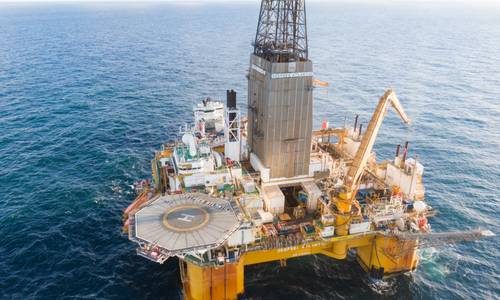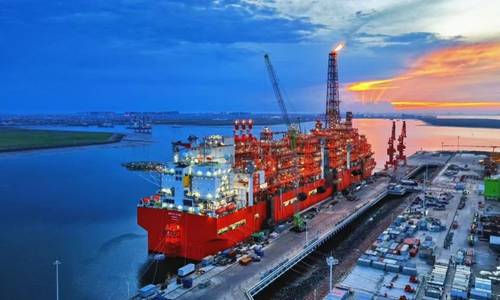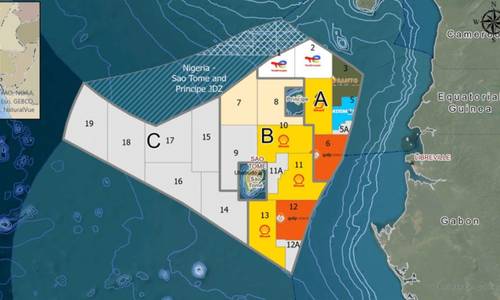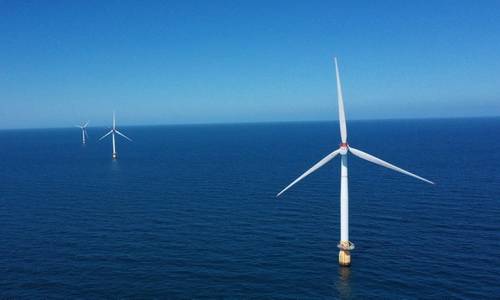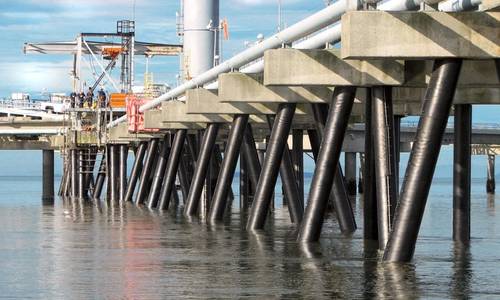UK: North Sea Oil and Gas Industry Beats Official Environmental Targets
September 15, 2025
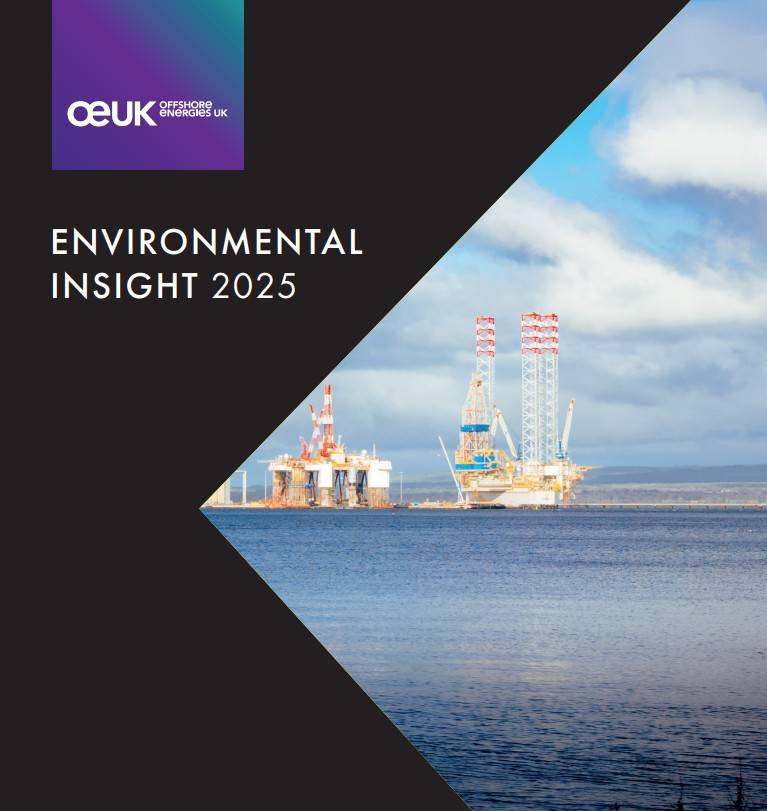
A new analysis of environmental monitoring in the North Sea oil and gas sector, published by Offshore Energies UK (OEUK), the association representing the UK’s offshore energy industry, reports that emissions have been reduced, surpassing agreed targets.
According to OEUK, there has been a 34% reduction in greenhouse gas emissions between 2018 and 2024, comfortably exceeding a 25% emissions reduction target outlined in the North Sea Transition Deal (NSTD) for 2027.
There has also been a 57% reduction in methane emissions over the same period against an original target for methane reductions of 50% by 2030
Official industry targets require a 10% total emissions reduction by 2025, 25% by 2027, and 50% by 2030, relative to the 2018 baseline.
The monitoring data published in the latest OEUK’s 2025 Environmental Insight report show a 78% reduction in overall volumes of reported unintentional oil and chemical releases in the six-year period 2018 to 2024.
The report also shows a 14% reduction between 2023 and 2024 in the amount of naturally occurring radioactive material (NORM) brought to the surface during oil and gas extraction.
Additionally, there has been a reduction in dispersed oil within produced water discharges and in the overall volume of chemicals discharged, with the majority being classified as posing little or no risk (PLONOR).
Although the report shows there was a higher number of incidents of unintentional releases of oil and chemicals compared to last year, the total volumes released into the sea were smaller.
“This year’s Environmental Insight report highlights the offshore industry’s continuing progress in reducing its environmental footprint - not just in terms of greenhouse gases, but critically in the way we manage and reduce chemical use and discharges. We've seen a significant reduction in the total volume of oil and chemical releases, a huge achievement driven by investment in cleaner technologies, improved operational practices, and tight permit controls.
“The data also shows encouraging trends in the types of chemicals being used. The vast majority of those discharged to sea are now classed as PLONOR and we’ve reduced the volume of NORM brought to surface while also making measurable improvements in how we manage produced water, dispersed oil, and drill cuttings,” said Caroline Brown, Environment Manager at OEUK.
“This year’s data show an encouraging picture of an industry meeting its environmental targets and producing oil and gas in an environmentally responsible manner.
“There is some way to go on our path to net zero, however these figures highlight that the industry is in action and the high standards that are set for North Sea oil and gas production,” added Mark Wilson, HSE & Operations Director at OEUK.

